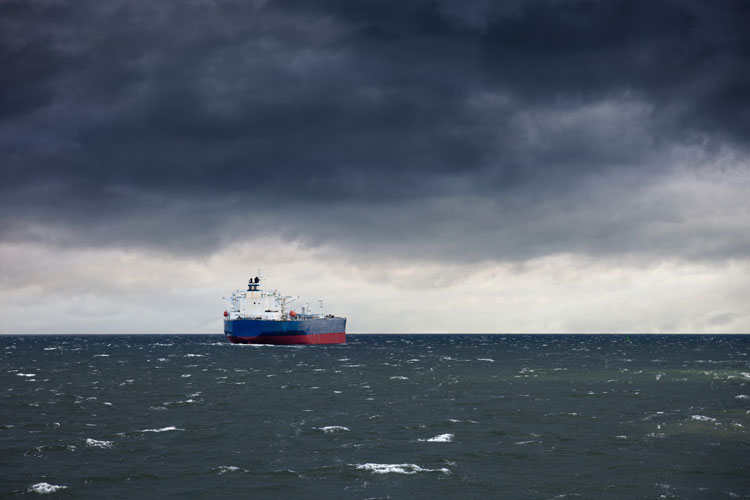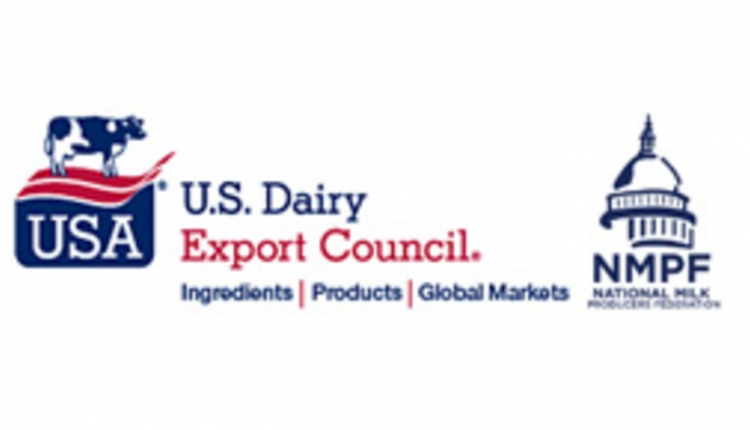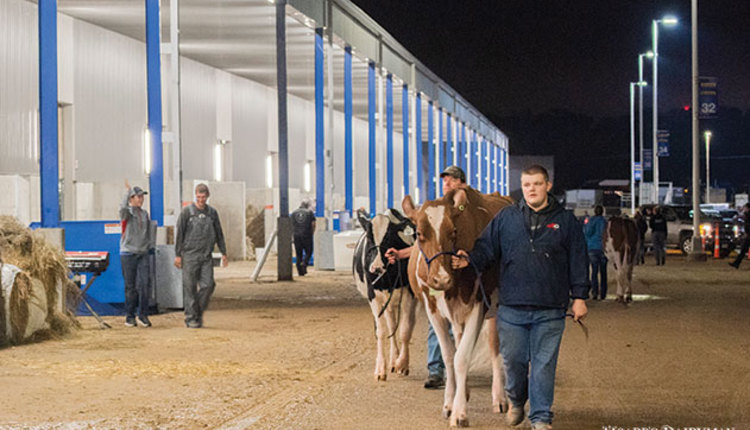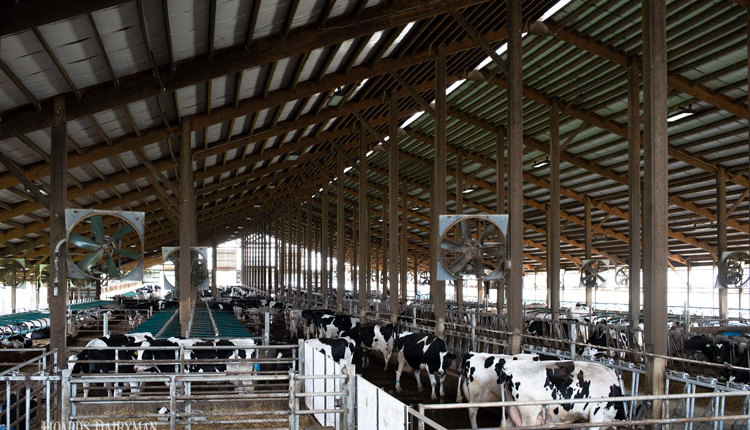
The demand for dairy continues, but transportation remains rocky. That’s according to Phil Plourd, president of Blimling and Associates, in an April 14 webinar, “Bumpy Roads, Choppy Waters: Freight Situation and Outlook.” Transportation plays a role at every link in the dairy supply chain — it touches everything. So higher freight costs and constrained capacity are only adding to an already volatile market picture.
Over the past several months, the economy has sped up with massive government stimulus helping the U.S. economy survive the COVID-19 pandemic. This has put funds in consumers’ pockets (and bank accounts), creating booming demand for goods, many imported and purchased via e-commerce. Indeed, according to the US Census Bureau, the US trade deficit ballooned to $70 billion in early 2021. All of this generates a need for additional freight. But on the supply side, the pandemic has created transportation slowdowns. Plourd noted challenges with busy ports, tight labor, and difficulty getting trucking to the West Coast.
Notably, 90% of the world’s goods are transported by water, and containers for ocean-going ships are in tight supply. On top of that, there is a continued shortage of domestic tractor-trailer truck drivers in the U.S.
The cost proposition
With imports more valuable than exports, and time being of the essence, it has become more cost-efficient to send empty containers out of the U.S. instead of spending a day or two loading dairy and other agricultural products for the route to Asia. For example, Plourd explains that it’s more valuable to send a boat back to Asia to bring in another load of iPhones than it is to hold off and load containers with milk powder. In addition, shipping capacity had been on the decline in recent years and the sudden demand for freight movements and containers only complicates things.
In a dairy context, U.S. dairy sales in Asia reached approximately $2.7 billion in 2020. It’s been more difficult to win business lately, according to Plourd, because while the U.S. is offering competitive commodity pricing, getting products to customers is harder when containers are short and shipping lanes are booked.
E-commerce is here to stay
With the latest stimulus release and comparative health of the U.S. economy, it is predicted that consumers will continue their e-commerce trend with a bulk of products hailing from overseas. Unfortunately, the value in returning empty containers to Asia from the U.S. will likely persist at least into the second half of 2021. On the bright side, the overall labor situation at U.S. ports is predicted to improve with vaccination availability and rising wages. Additionally, companies are working hard to add container capacity. Time and funds will aid this issue, but Plourd predicts that most likely won’t happen until later in 2021 or early in 2022.
Trucks and trade
When it comes to domestic truck freight, the influx in retail activity has translated to more shipping from ports to consumers. There is quite a labor slowdown in regards to availability, hours, health, and desire to travel in addition to the Commercial License Drug and Alcohol Clearinghouse limiting drivers. Additionally, for example, moving cheese from California to Wisconsin costs 14 cents per pound, raising costs across the supply chain. When it comes to Chicago Mercantile Exchange (CME) prices, freight schedules on the spot market are lower than the actual cost of bringing products west to east.
It’s no secret . . . fuel costs are up, too, in comparison to what consumers were paying as a result of the pandemic. The U.S. diesel average is $2.91 per gallon year-to-date, which is up 4%. However, recent prices have boosted by around 20%. The crude oil side hasn’t been much better as those prices recently reached multiyear highs of $65 to $67 per barrel, but it has backed off some. Likewise, intermodal rail faces the same issue of not being able to meet demand due to limited capacity, added Plourd in his analysis.
Adding capacity to drivers and equipment is not something easily fixed by a magic wand. Plourd states, “More capacity and past-the-peak demand could keep reefer, dry van, and tanker prices from moving too much higher, but a major downside correction does not seem likely in 2021.”
All in all, supply is behind the demand curve. The demand for dairy undeniably exists, but freight will not be fixed overnight.








